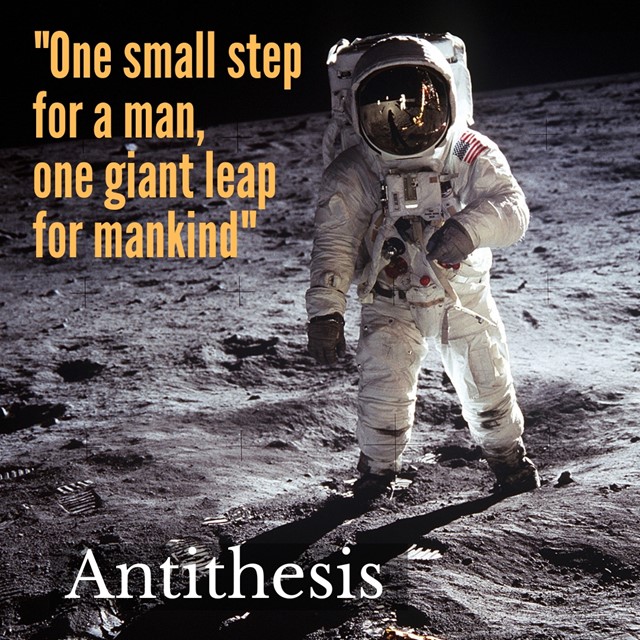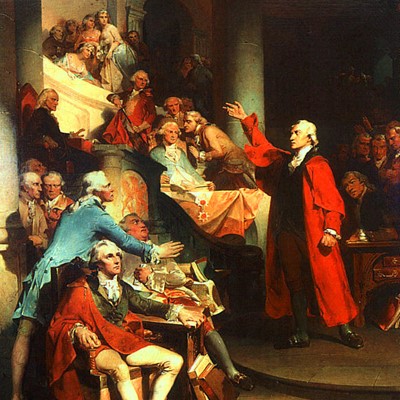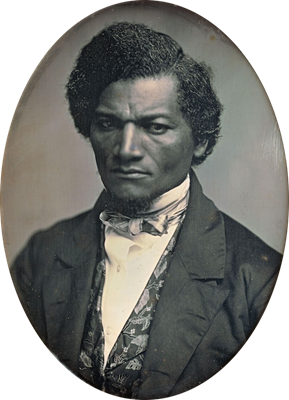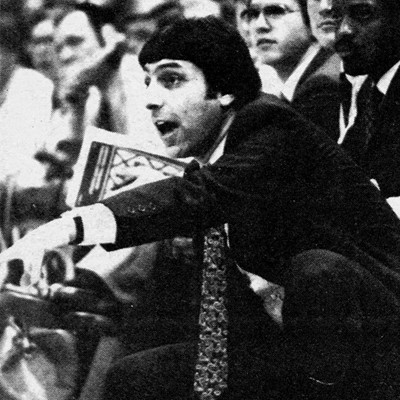
Even when we’re not aware of it, we’re using many of the same rhetorical techniques Aristotle, Cicero, Abraham Lincoln, Frederick Douglass, Winston Churchill, Martin Luther King, Jr. and other greats have employed in public speaking. Each month, our Buckley School resident students of classical rhetoric explain a rhetorical device that can improve your public speaking.
By JENNY MAXWELL AND JANA DALEY
"The sunlight that brought light and healing to you has brought stripes and death to me."
– Frederick Douglass, using antithesis in his powerful anti-slavery speech, "The Meaning of the Fourth of July to the Negro"
"It was the best of times, it was the worst of times."
"To be, or not to be."
"Float like a butterfly, sting like a bee."
Antithesis is not opposition to creating a thesis as part of an academic program, though we sympathize if you are, in fact, anti-thesis in pursuit of that master’s degree.
Pronounced ann-TITH-uh-sis, the word comes from the Greek for "set against." As a rhetorical device, antithesis is defined very specifically as the use of:
1) two opposing ideas
2) presented in parallel structure
3) in the same sentence
The effect is to heighten the contrast—and in many cases, vividly drive the speaker’s point home.
 Do you know Patrick Henry's famous line that owes its zip to antithesis?
Do you know Patrick Henry's famous line that owes its zip to antithesis?
Antithesis in speeches
To see how those effects work, consider these uses of antithesis in famous speeches:
"We must all learn to live together as brothers—or we will all perish together as fools."
-Martin Luther King, Jr. in a commencement address at Oberlin College in June 1965
"I know not what course others may take: but as for me, give me liberty or give me death."
-Patrick Henry, in his speech to the Second Virginia Convention, 1775
"No, our motto is, when they go low, we go high."
-Michelle Obama, speaking at the 2016 Democratic National Convention in Philadelphia
 Frederick Douglass, photographed around the time he gave his speech on July 5, 1852.
Frederick Douglass, photographed around the time he gave his speech on July 5, 1852.
Frederick Douglass’s powerful speech, "The Meaning of July Fourth for the Negro," is built on juxtaposition. He delivered it on July 5, 1852 to the women of the Rochester Anti-Slavery Sewing Society--and in that speech you’ll find a number of striking examples of antithesis. Here are two:
"The sunlight that brought light and healing to you has brought stripes and death to me."
"To him, your celebration is a sham; your boasted liberty, an unholy license; your national greatness, swelling vanity."
 Michelle Obama's use of antithesis has given us one of the most memorable lines from a recent speech.
Michelle Obama's use of antithesis has given us one of the most memorable lines from a recent speech.
Why use antithesis
Summarizing why a speaker (or writer) might choose to use antithesis, LitCharts writes it can:
- Present a stark choice between two alternatives
- Convey magnitude or range
- Express strong emotions
- Create a relationship of opposition between two separate ideas
- Accentuate the qualities and characteristics of one thing by placing it in opposition to another
We’ll add that antithesis makes a point memorable—and quotable—as we’ve seen recently with the line "When they go low, we go high" and in the not-so-distant past with Neil Armstrong’s "one small step for a man, one giant leap for mankind."
Below, watch and listen as Armstrong says it himself, setting foot on the moon for the first time. And if you're interested in the controversy over whether he said "a man" or merely "man," you might enjoy this article.






